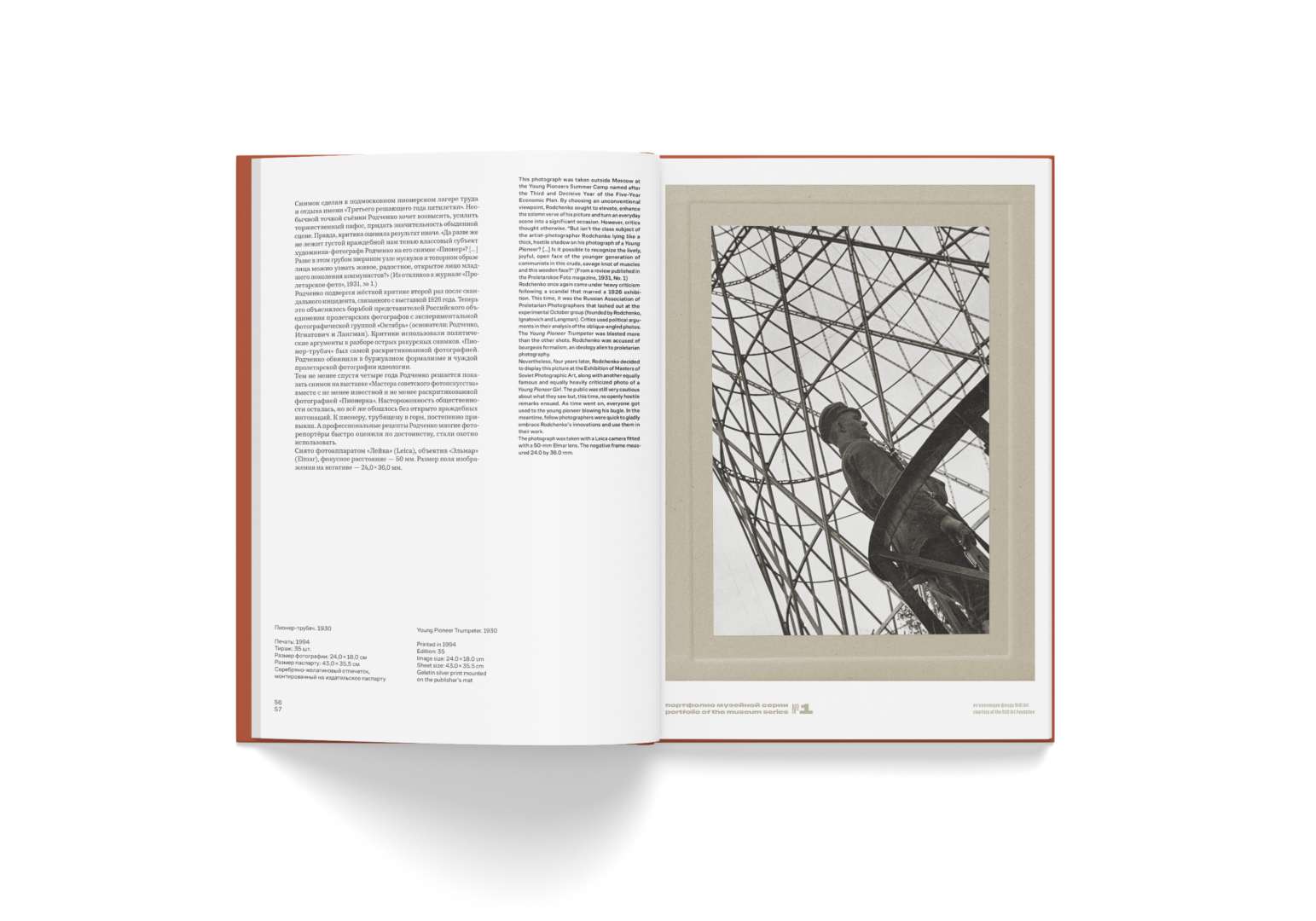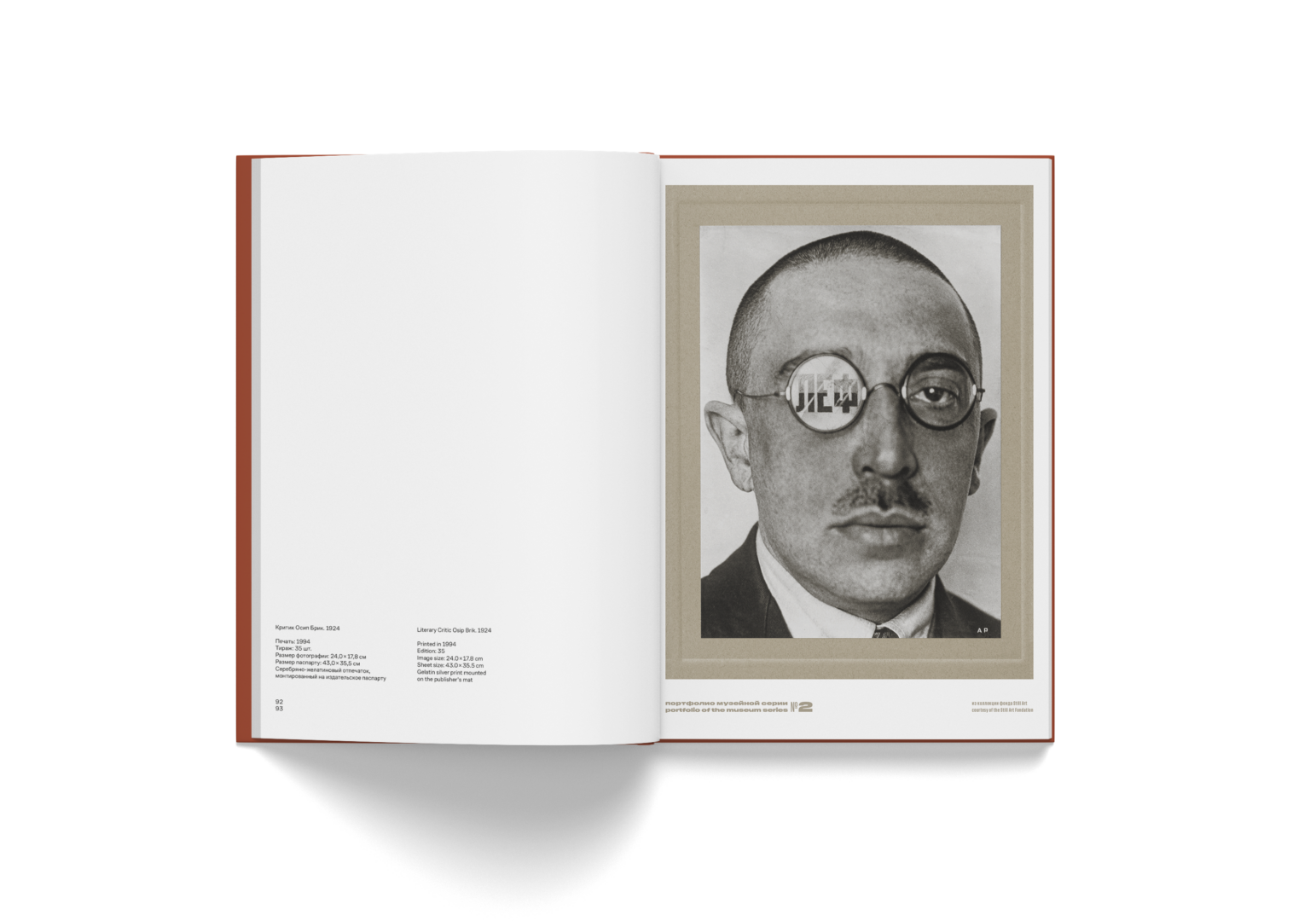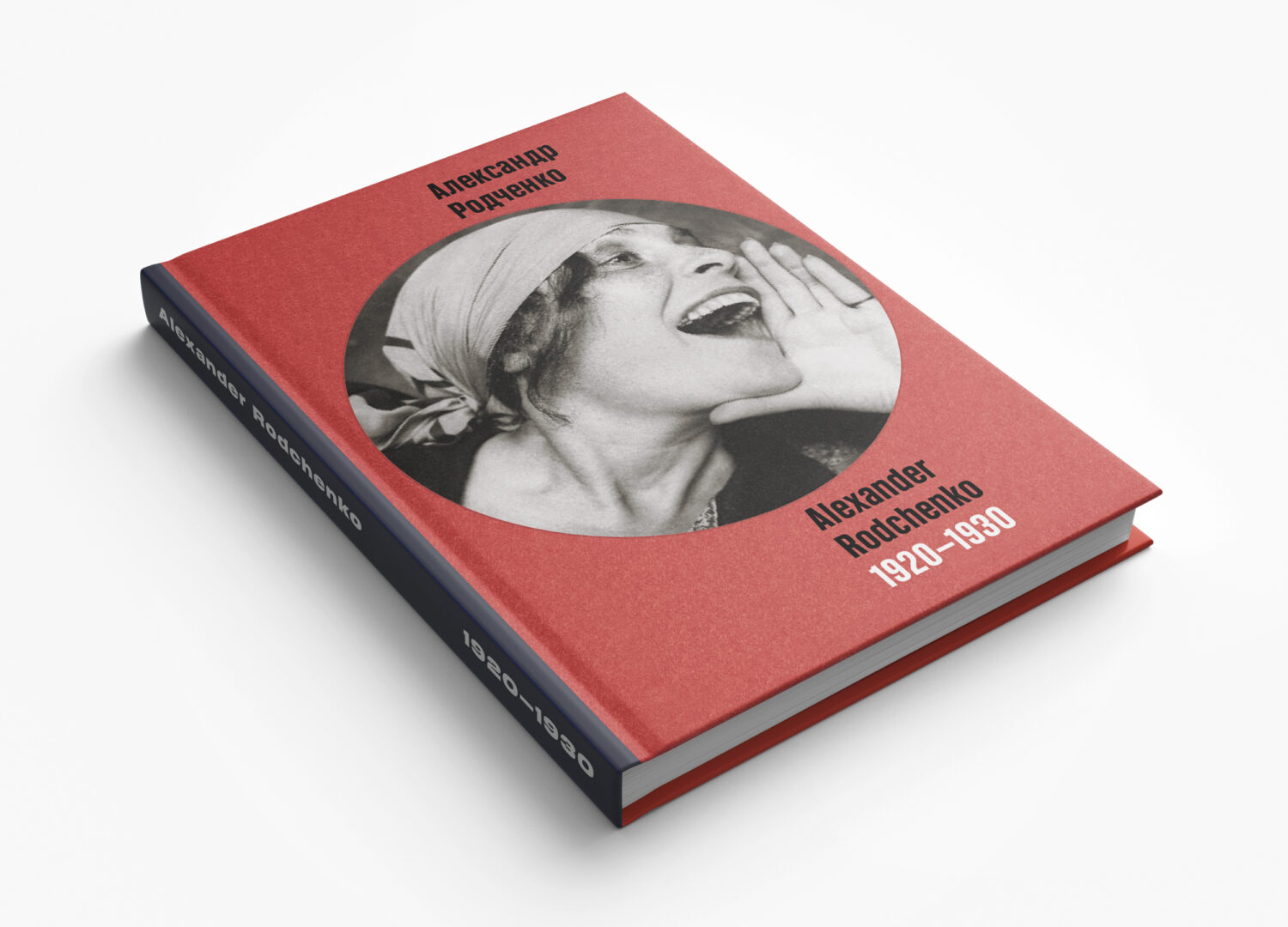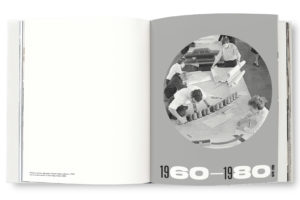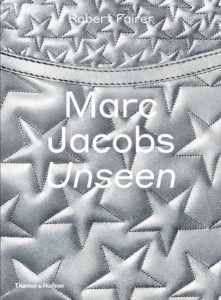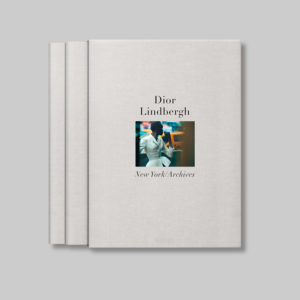In October 2021, the Lumiere Gallery and the Still Art Foundation will present a new edition of the revolutionary of Soviet photography, Alexander Rodchenko, with works from the collection of the Karisalov family. The album includes the legendary works of the photographer from two portfolios of the museum series—Rodchenko’s avant-garde experiments of the 1920s-1930s (Classics) and portraits of his friends, family, and fellow members of the creative intelligentsia (Vladimir Mayakovsky, Lilya Brik, Varvara Stepanova, Osip Brik, Lyubov Popova, Lev Kuleshov and others—the Portraits portfolio). The forewords for the book Alexander Rodchenko 1920-1930 were written by the art critics Ekaterina Lavrentieva and Alexander Lavrentiev, the founder of the Lumiere Gallery Natalia Grigorieva-Litvinskaya and the founder of the Still Art Foundation Elena Karisalova. The graphic designer Evgeny Korneev, founder of the bureau Razdesign designed the album in the unique style of the Still Art and Lumiere Gallery series of publications dedicated to the study of the period of Soviet photography.
The materials for the book were prepared jointly with Alexander Rodchenko’s family—the texts for the book were created by the great-granddaughter of the great photographer Ekaterina Lavrentieva and his grandson Alexander Lavrentiev, who are both leading specialists of Rodchenko’s work. “‘I prefer to see extraordinarily ordinary things’—these words of Alexander Rodchenko became decisive for his understanding of the role of the artist-creator, the artist-producer, and the artist-experimenter. It is a view of the profession that is detached from the common formulas of art that allows one to abstract, to not be afraid of breaking rules, and literally think in a different way,” says Ekaterina Lavrentieva about Rodchenko’s legacy in the history of photography.
The album Alexander Rodchenko 1920-1930 was the third in a series of publications of the joint publishing programme of the Lumiere Gallery and the Still Art Foundation dedicated to the classics of Soviet photography. It is based on the works of the outstanding Russian avant-garde artist Alexander Rodchenko of different years: from his first photographic experiments in the 1920s to the end of the 1930s. Earlier, 58 gelatin silver prints from two albums of the museum series Portfolio, issued as a limited edition of 35 copies (1994-1997), were provided by the foundation to be displayed at the exhibition of the Lumiere Brothers Center for Photography (2020). The Gallery and the Foundation have published monographs of the master of architectural photography Naum Granovsky and the classic photographer of the ‘thaw’ era, Vladimir Lagrange. “Creating a series of original monographs dedicated to the art of photography in our country was a priority for me. The photographs published in the book will be eternalized, an everlasting resource. This monograph was prepared and compiled using the collection of the Still Art Foundation, which fundamentally distinguishes it among other publications dedicated to the work of Alexander Rodchenko,” says Natalia Grigorieva-Litvinskaya, director of the Lumiere Gallery, about the new publication.
The book is based on the works of the leading Russian avant-garde artist Alexander Rodchenko from the collection of the Elena Karisalova’s and Mikhail Karisalov’s Still Art Foundation. “Alexander Rodchenko set a new precedent in the Russian photography art of the twentieth century. By fusing documentary photography and abstraction, he conveyed his feelings toward people, objects or situations through a photograph. The Still Art Foundation acts as a guide to photography, which we make accessible to all. Allowing our audience to experience the works of the masters of Soviet photography is one of the important areas in the Foundation’s active educational, publishing and exhibition activities in the field of photographic art of the 20th and 21st centuries,” says Elena Karisalova, founder of the Still Art Foundation.
ALEXANDER RODCHENKO (1891–1956), one of the leaders of Russian avant-garde, a pioneer in the field of painting, sculpture, and book, poster, film and theatre design, began taking photographs in 1924. His experimental approach to photography forever changed the history of this art form and influenced not only his contemporaries, but also defined the development of photography for decades to come. Using such techniques as shooting from an unusual angle (top down and bottom up), which was immediately called “Rodchenko-style”; diagonally constructed compositions, which set the dynamics and rhythm of a photograph; detail and closeup photography; the use of double exposure and subtle work with light and shadow contrasts, Rodchenko strove, as Osip Brik wrote, to turn a familiar thing into a “seemingly never-before-seen construction”, to change a person’s habitual view of their environment, and expand their ability to “see things”.



